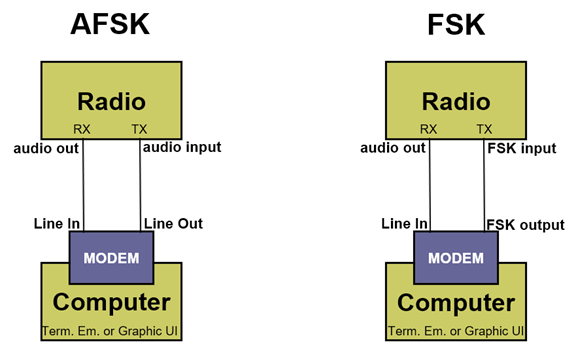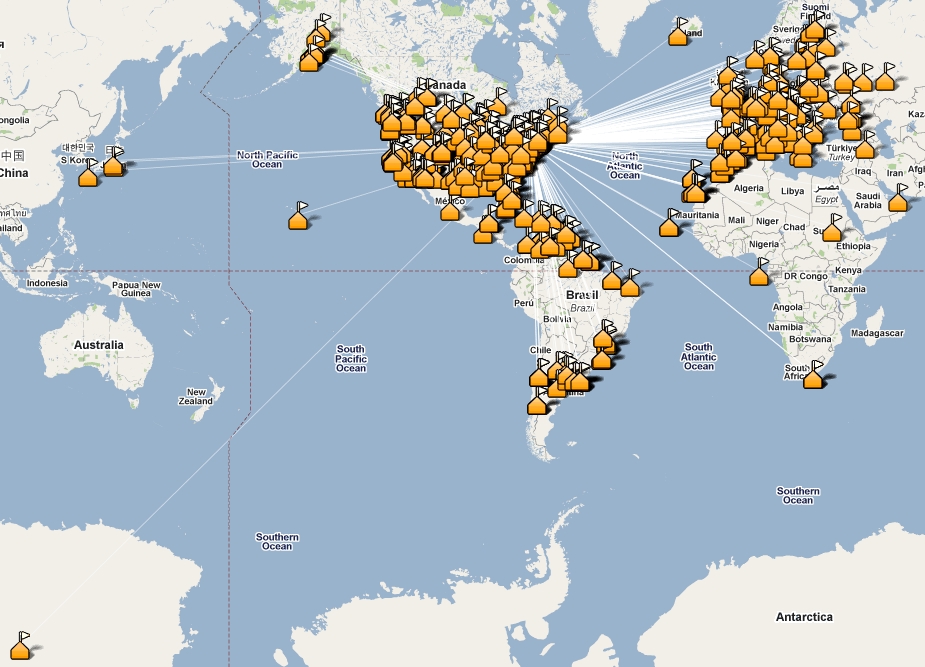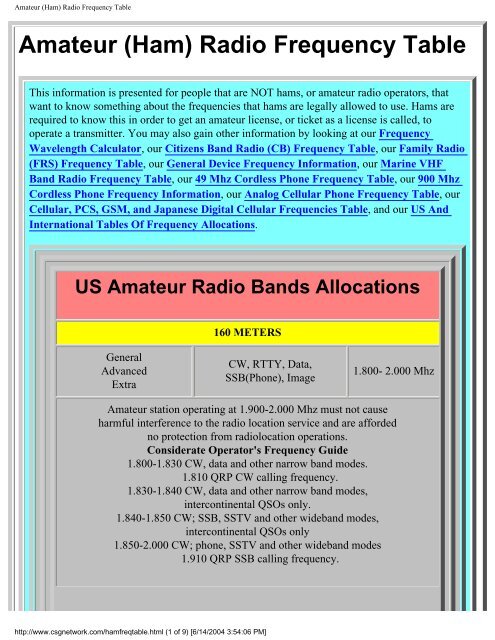
Properly tuning a digital signal is important. (G2E12) When an operator selects one of the signals being displayed, the computer will then begin to decode that signal. In a waterfall display, f requency is horizontal, signal strength is intensity, time is vertical. To tune and decode digital signals, amateur radio operators use computer programs that display signals in a portion of an amateur radio band in what is called a waterfall display. Baudot code is a 5-bit code, with additional start and stop bits. RTTY uses a code called the Baudot code to encode characters.

(G2E01) USB is the standard sideband used to generate a JT65 or JT9 digital signal when using AFSK in any amateur band. LSB is the mode normally used when sending an RTTY signal via AFSK with an SSB transmitter. Using a computer sound card to generate audio tones that shift the frequency of a transmitted signal is called audio frequency shift keying (AFSK). 170 Hz is the most common frequency shift for RTTY emissions in the amateur HF bands. One frequency denotes a “1,” while another denotes a “0.” The difference between those two frequencies is called the frequency shift. That’s why this mode is called frequency shift keying. RTTY signals shift between two frequencies. (G2E07)Īmateurs have actually been operating RTTY for a long time, but it has become a lot more popular in recent years because amateurs can now operate this mode using a computer and not a clunky, mechanical teletype machine. (G2E08) 3585 – 3600 kHz is the segment of the 80 meter band most commonly used for digital transmissions. (G2E04) Below the RTTY segment, near 14.070 MHz is the segment of the 20 meter band where most PSK31 operations are commonly found. 14.070 – 14.100 MHz is the segment of the 20 meter band that is most often used for data transmissions. The computer does all the heavy lifting, decoding the tones on the input and generating the tones to be transmitted.Īmateurs operate these modes in specific sub-bands.


When operating the digital modes, amateurs connect the audio output of their transceivers into the input of a computer sound card and the output of the sound card to the audio input of the transceiver.

RTTY, PSK31, JT65, and PACTOR are examples of digital modes. They are known by this name because you can’t operate them without a computer. In recent years, operating what’s known as the “digital modes” has become popular. This is really puzzling to me as there are many more hams using PSK31, and are likely to use PSK31, than are using, or are likely to use PACTOR. In this section, the question pool committee removed nearly all of the questions about PSK31 and replaced them with questions about PACTOR.


 0 kommentar(er)
0 kommentar(er)
